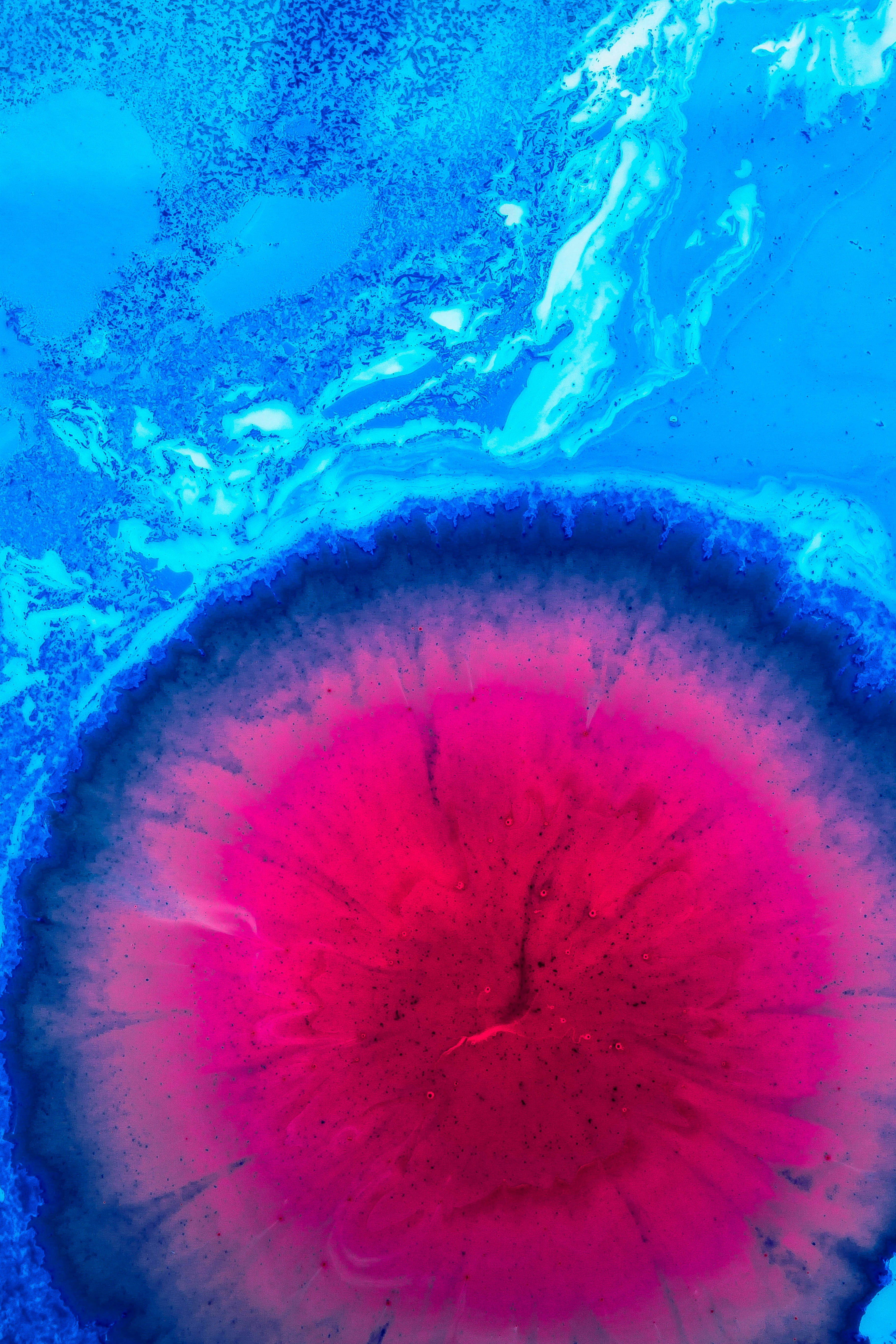
Eight quick tips for better color photography
2025-04-11



Eight Quick Tips for Better Color Photography
Color is a powerful tool in photography that can evoke emotions, set the mood, and transform an ordinary image into a work of art. Whether you're a beginner or a seasoned photographer, mastering color in your images can take your photography to the next level. In this blog post, we'll explore eight quick tips to help you improve your color photography skills.
Introduction
Color photography adds vibrancy and life to your images, making them more engaging and captivating. By understanding how colors work together, you can create visually stunning photographs that leave a lasting impression on your viewers. With the right techniques and a keen eye for color, you can elevate your photography to new heights.
Practical Tips
-
Understand the Color Wheel: The color wheel is a valuable tool for photographers to understand how colors interact with each other. By familiarizing yourself with the color wheel, you can create harmonious color schemes in your photographs. Experiment with complementary colors, analogous colors, and triadic colors to create dynamic compositions.
-
Use Natural Light: Natural light plays a crucial role in color photography. Different times of the day can produce varying hues and tones in your images. Golden hour, for example, provides warm, soft light that can enhance the colors in your photos. Experiment with different lighting conditions to see how they affect the colors in your compositions.
-
Shoot in RAW: Shooting in RAW format gives you more flexibility when it comes to adjusting colors in post-processing. RAW files contain more data than JPEG files, allowing you to make precise color adjustments without losing image quality. This gives you more control over the final look of your photographs.
-
Pay Attention to White Balance: White balance is essential for achieving accurate colors in your images. Different light sources can cast different color temperatures on your photos, leading to color casts. Adjusting the white balance settings on your camera can help you capture true-to-life colors. You can also fine-tune the white balance during post-processing.
-
Experiment with Color Filters: Color filters can add a creative touch to your photographs by enhancing or altering the colors in your scenes. Adding a warm filter can create a golden glow, while a cooling filter can give your images a blue tint. Experiment with different color filters to see how they can transform the mood of your photos.

-
Use Color Theory: Understanding color theory can help you create visually appealing compositions. Colors have emotional connotations that can influence how viewers perceive your images. For example, warm colors like red and orange can evoke feelings of warmth and energy, while cool colors like blue and green can create a sense of calmness and tranquility. Use color theory to convey the mood and message you want to communicate in your photographs.
-
Avoid Over-Saturating Colors: While vibrant colors can make your photos pop, be cautious of over-saturating them. Too much saturation can make your images look unnatural and artificial. Use a light touch when enhancing colors in post-processing to maintain a natural and balanced look. Subtle adjustments can often yield more pleasing results.
-
Practice Patience and Experimentation: Mastering color photography takes time and practice. Don't be afraid to experiment with different color palettes, lighting conditions, and compositions. Take the time to study the colors in your surroundings and how they interact with each other. By practicing patience and experimentation, you can develop your own unique style and vision as a color photographer.
Conclusion
Color photography offers endless creative possibilities for photographers to explore and express themselves. By incorporating these eight quick tips into your practice, you can enhance the colors in your images and create impactful photographs that captivate your audience. Remember to experiment, practice, and stay curious about the world of color around you. With dedication and a keen eye for color, you can take your photography to new heights and create stunning visual narratives that resonate with viewers. Happy shooting!